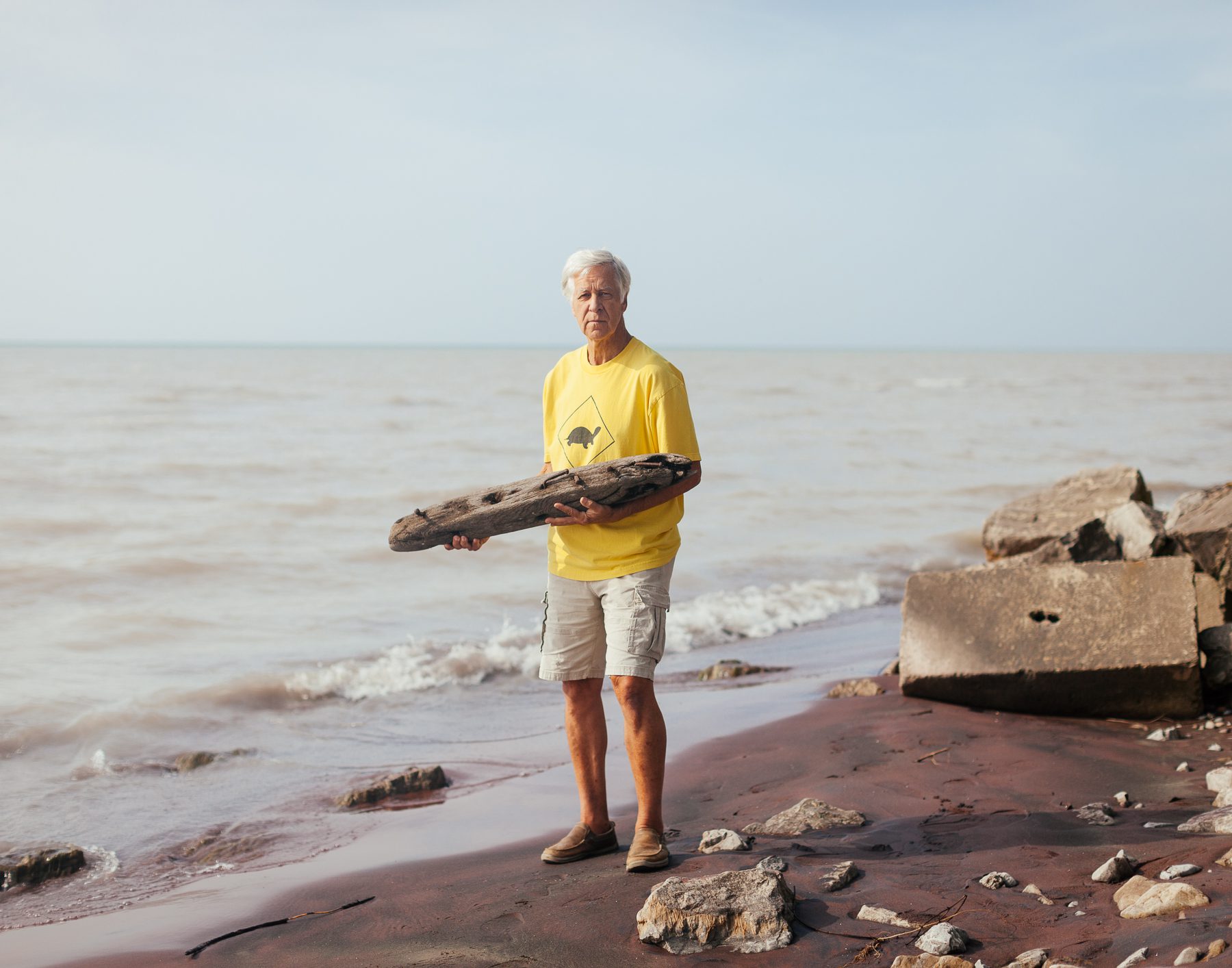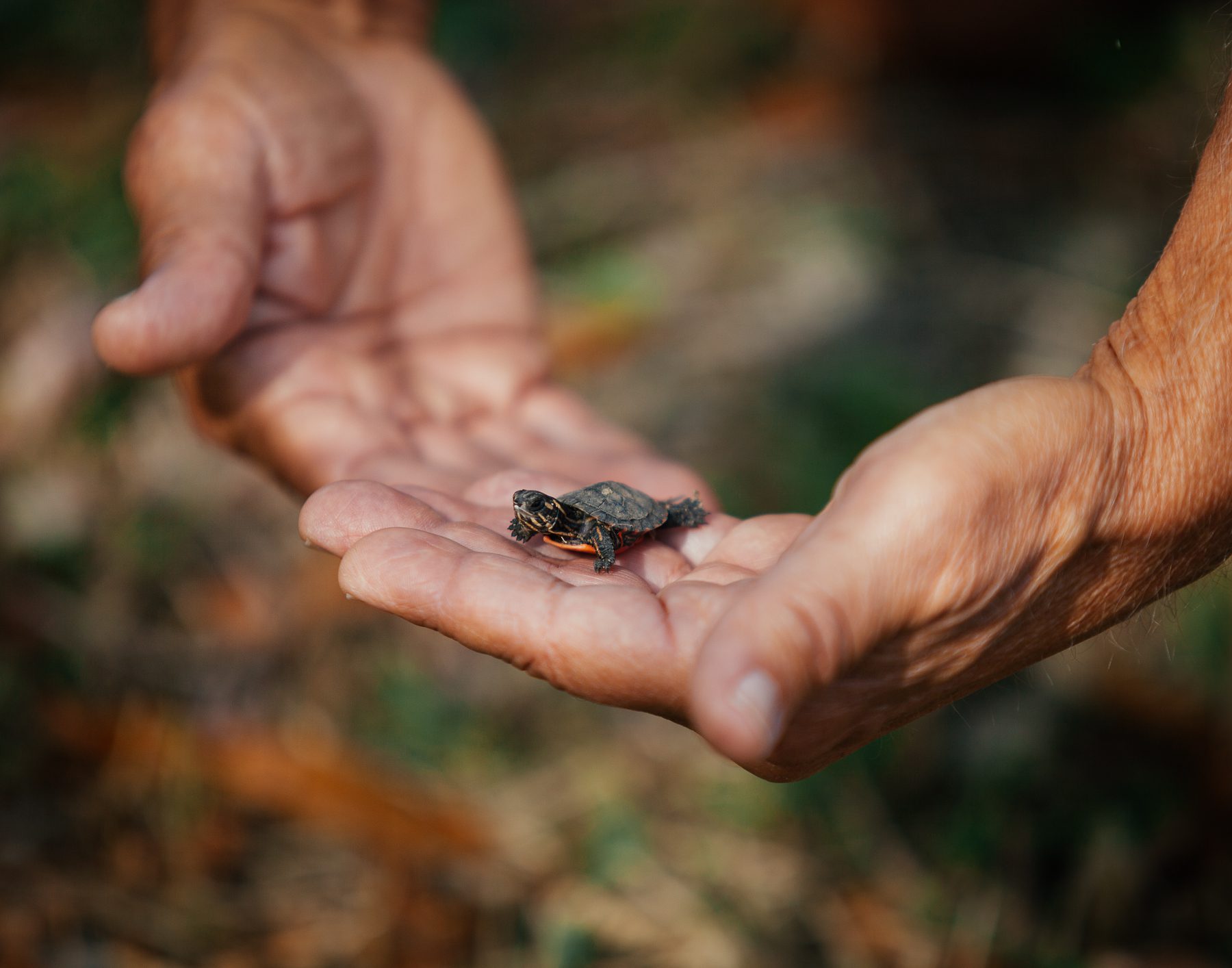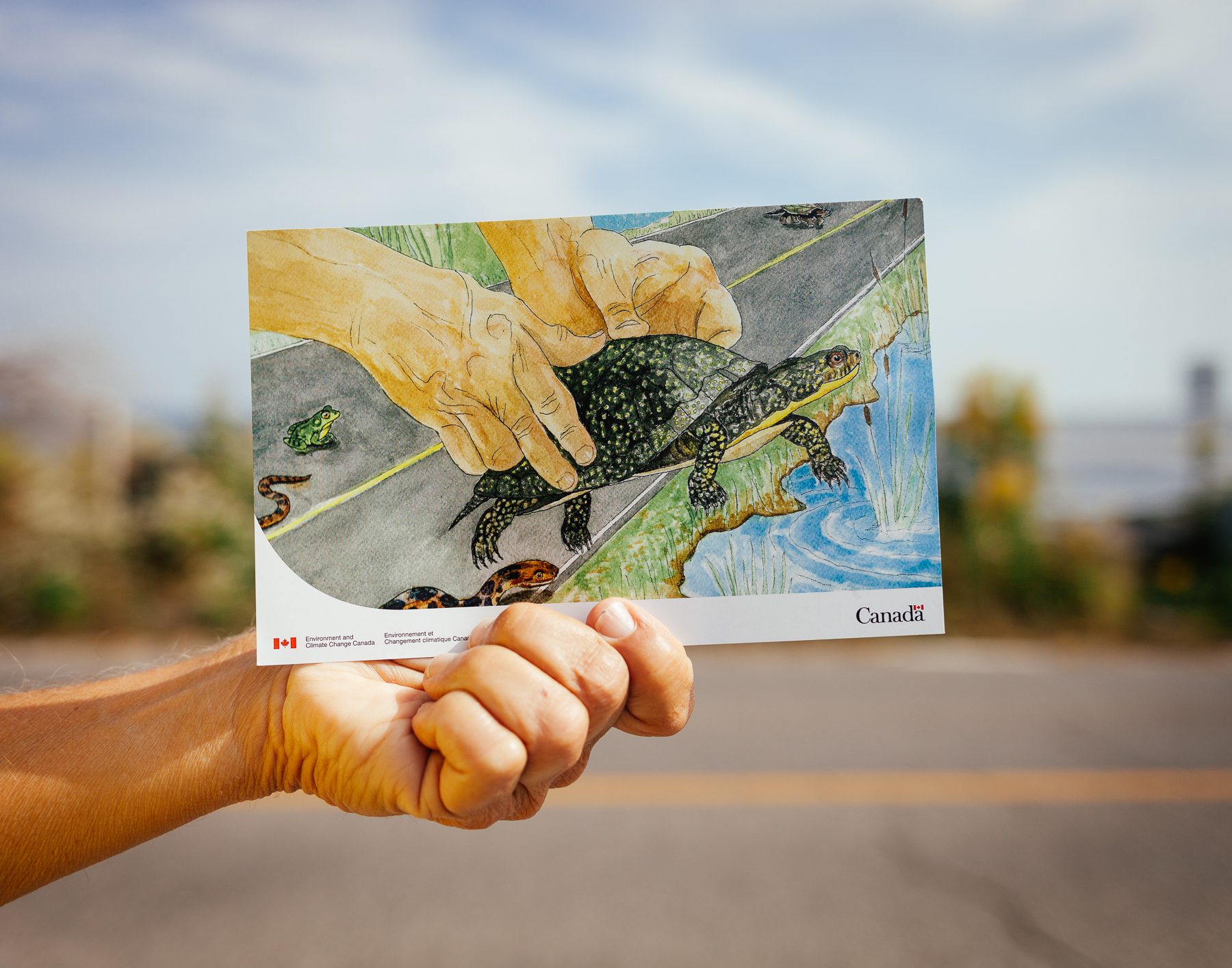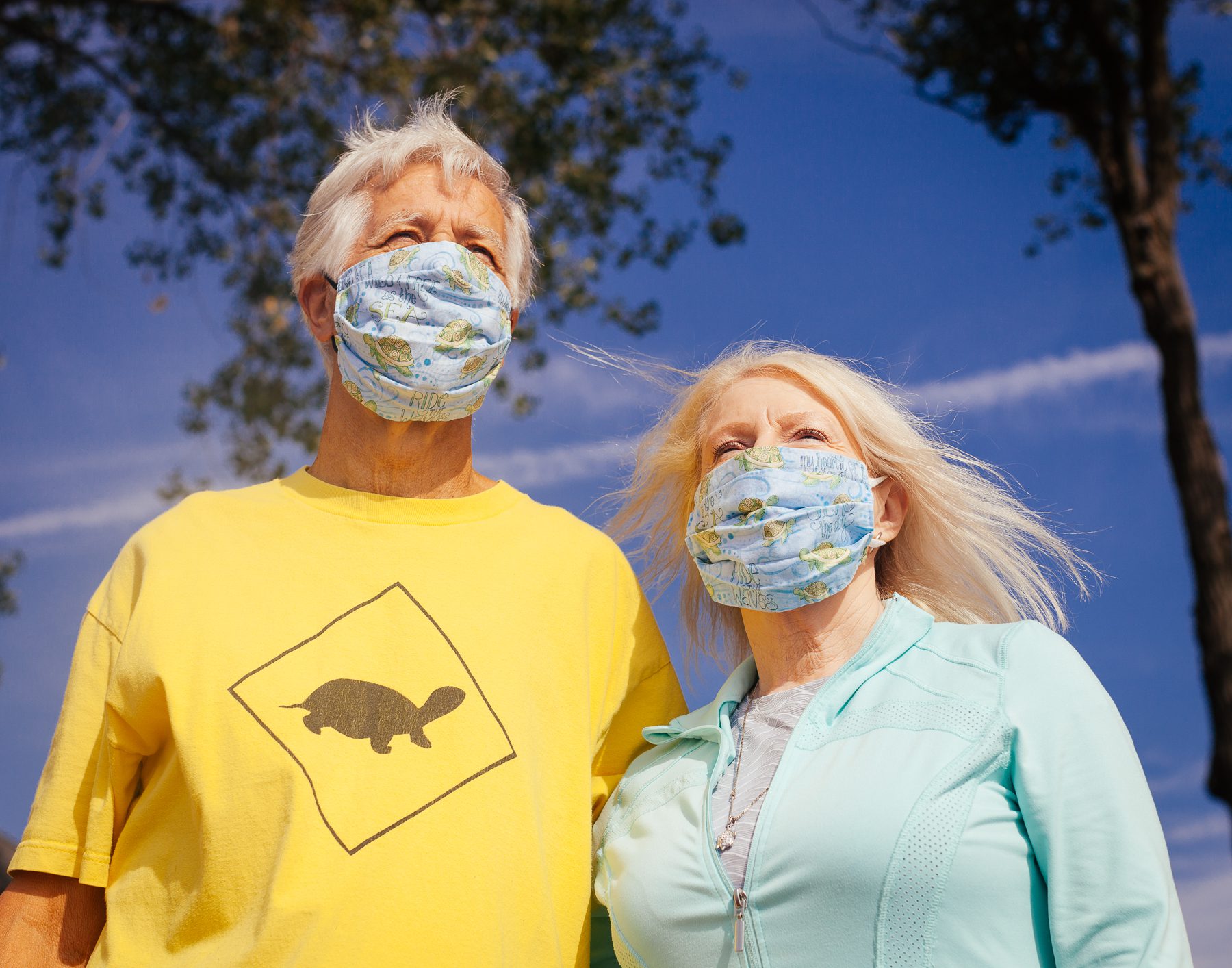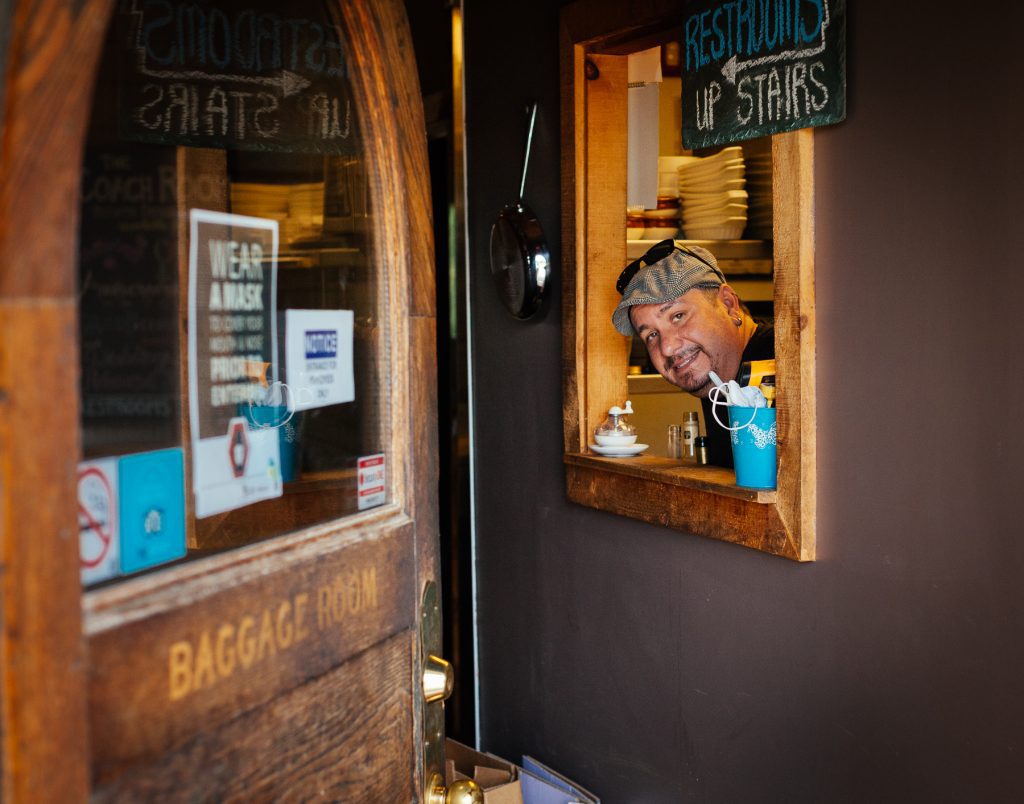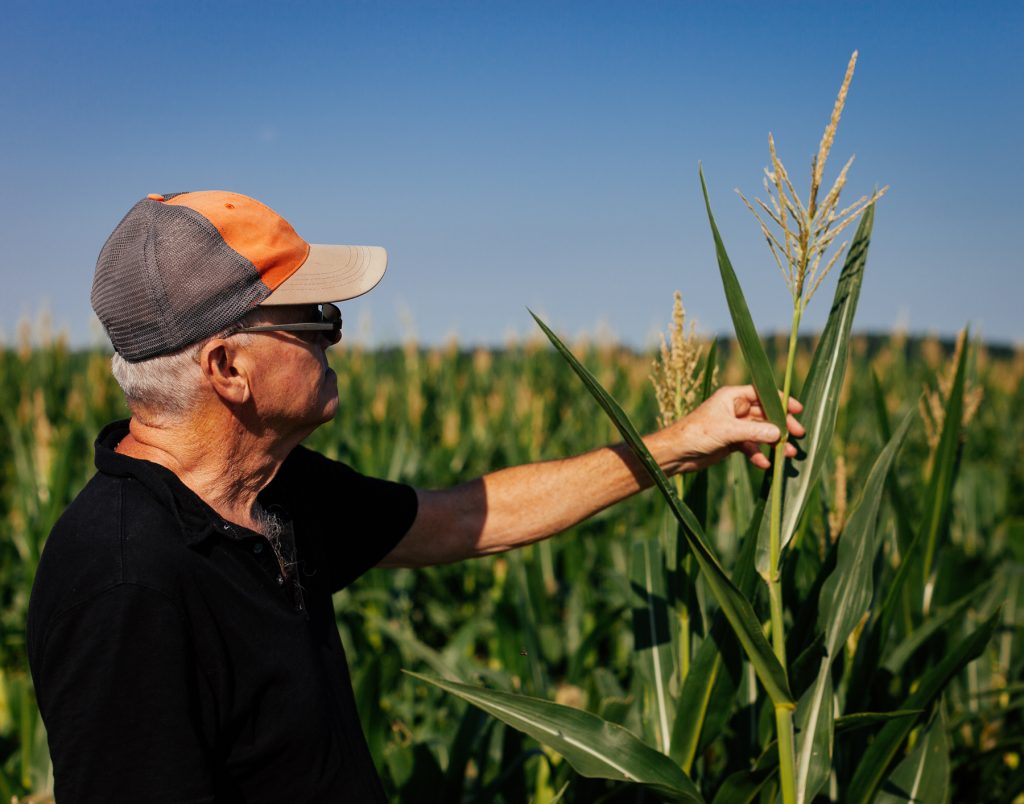As an adult, John worked for the federal government for decades, which is where he met his wife Jan. In 2006, they married and formed a blended family with their four children.
Inspired by John’s deep connection to the area, John and Jan bought their cottage on Long Point in 2009.
“My blood pressure drops twenty points every time I cross the causeway. It’s so relaxing here.”




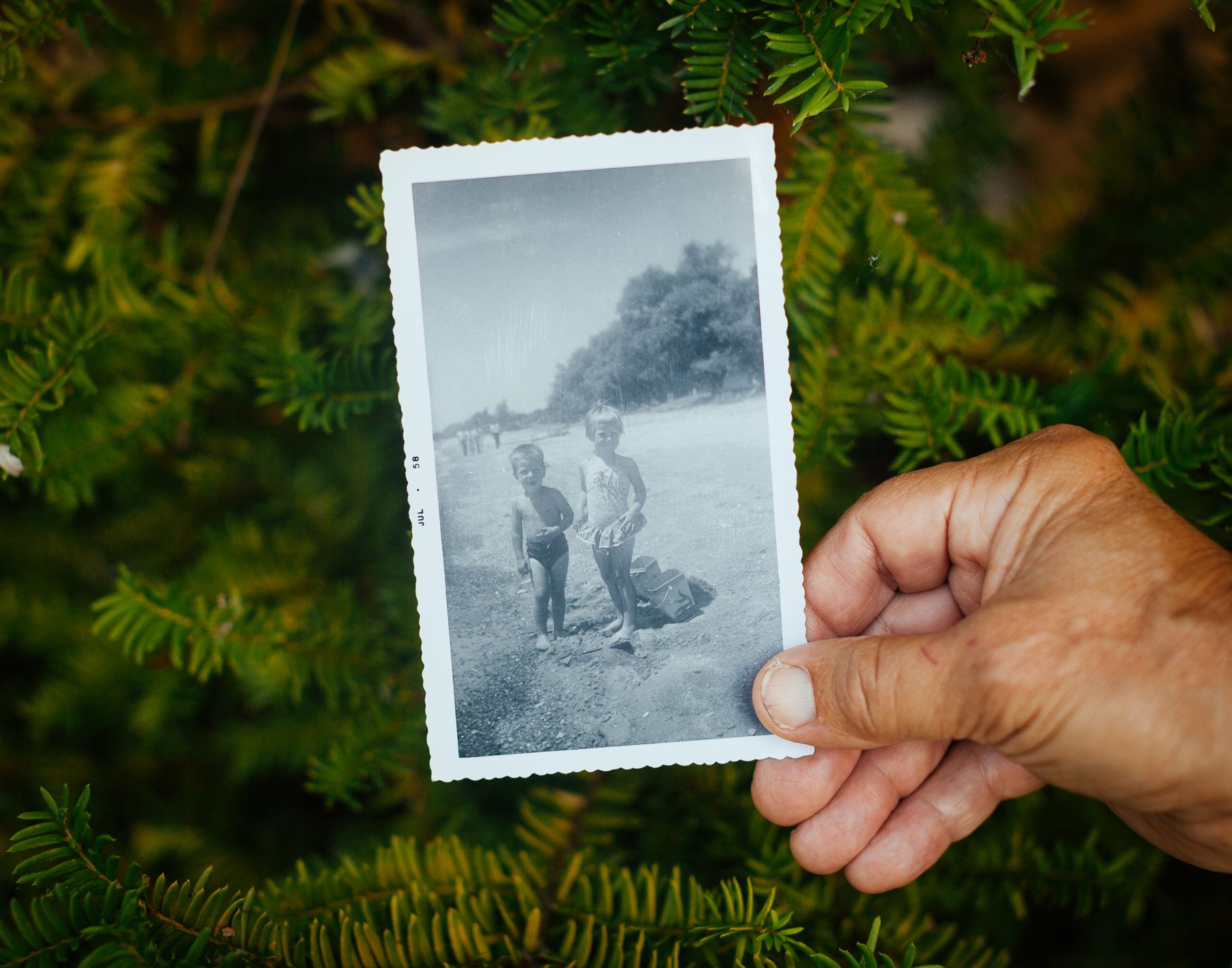
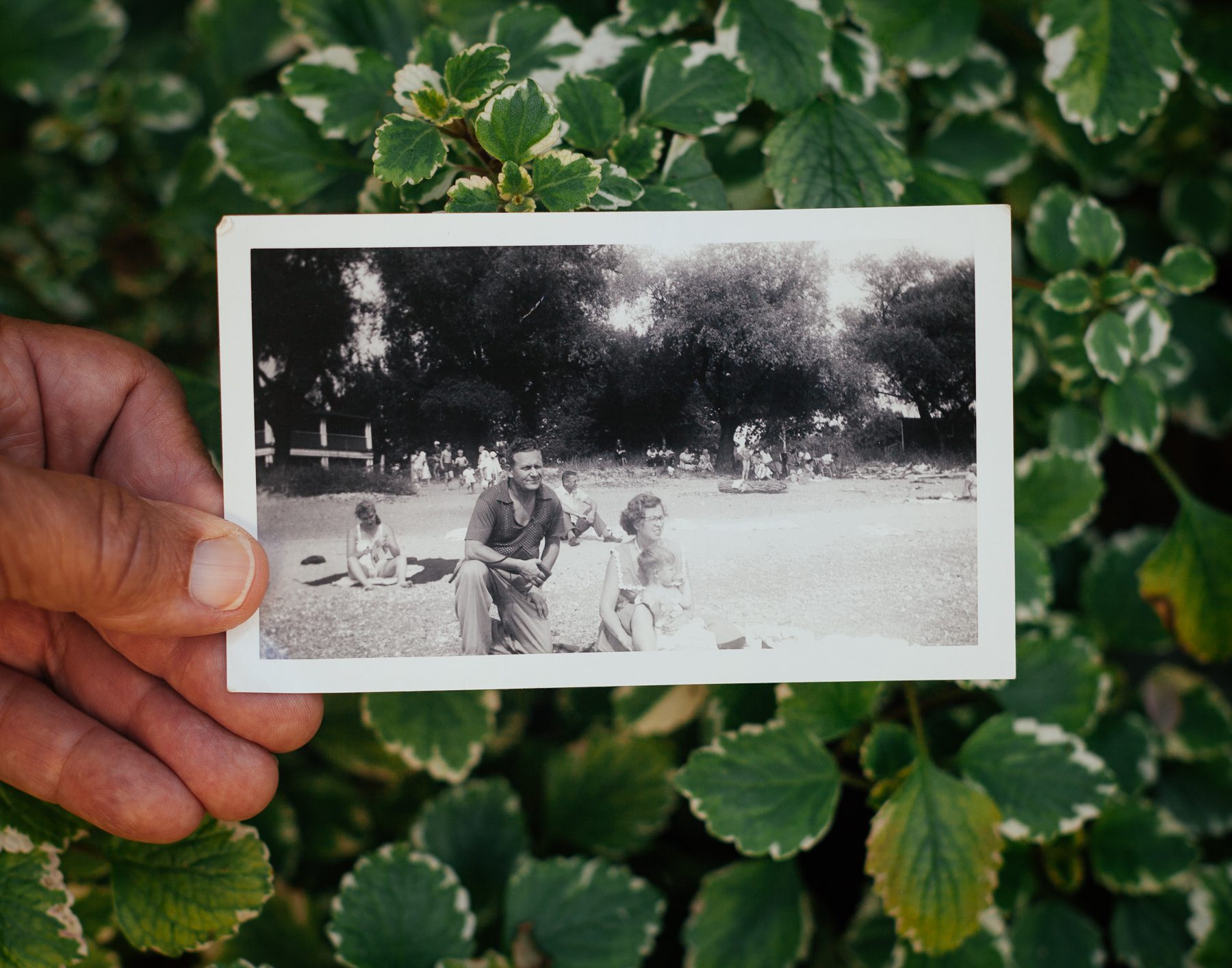
![3.1 John with his sister Kathryn <div class='left-container'> and with his parents <div class='right-container'> on Long Point Beach in the 1950s. [bottom] A Maclean’s magazine article from 1958 describing Long Point as “The land that time forgot”.](https://b2399578.smushcdn.com/2399578/wp-content/uploads/2020/10/3.1.jpg?lossy=1&strip=1&webp=1)

